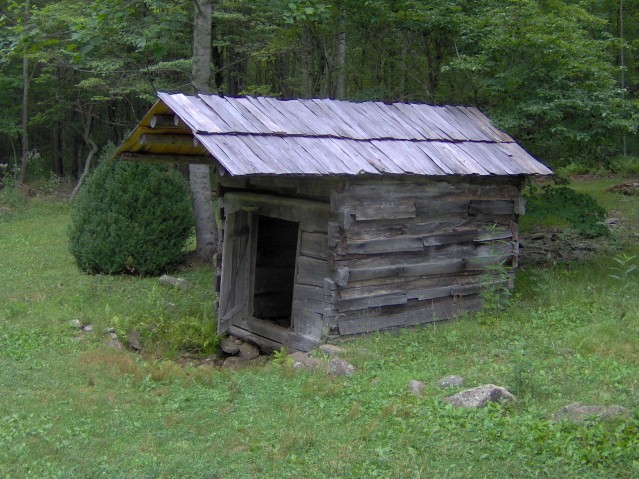Chief Longwind Of The North
Certified/Certifiable
Glad to hear it.
Welcome to DC. Stick around, it's lots of fun and very informative.
Just be aware, we can be rather, um, peculiar, at times.
But for all the wisecracks, and silliness that sometimes goes on, there are some very, very good cooks around here. There have even been some professional chefs. Some of the amateurs are exceptional as well. There are a few of us that can even go so far as to say that we can successfully boil water, on a consistent basis (those who can live in the North. Those who can't, live everywhere else)
Seeeeeeeya; Chief Longwind of the North

 . We need a smilie that has on a snow-covered chuke, and is shivering.
. We need a smilie that has on a snow-covered chuke, and is shivering. 

